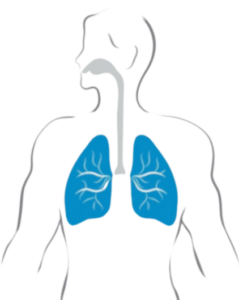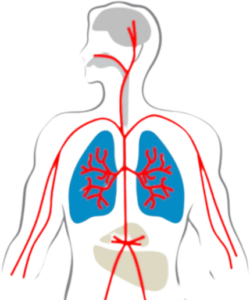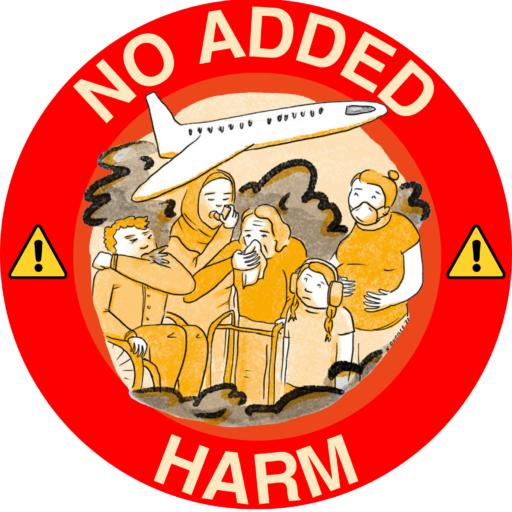450,000 flights come in and out of SeaTac Airport before Covid. During Covid, there were no flights – it was quiet and the air got cleaner. Airplanes put out pollutants such as particulate matter (PM) (including ultrafine particles) as well as carbon monoxide (CO), nitrogen dioxide (NO2), sulfur oxides (SOx), ozone (O3), and hazardous air pollutants (HAPs) that are considered hazardous by the government Environmental Protection Agency or EPA. Aircrafts also produce noise pollution above 65 decibels, well above the World Health Organization guideline of 55 decibels of environmental noise during the day and 45 decibels at night.
How Many Flights?
SeaTac Airport Takeoffs and Landings
SEA Airport Activity Report by Port of Seattle
SeaTac Airport had 450,000 take offs and landings before Covid.
In 2023, it had 420,000 take offs and landings.
Air Pollutants from Aircraft
SeaTac Airport has not provided mitigation for air pollution.
- EPA Hazardous Pollutants
- EPA monitors inhalable Carbon Monoxide (CO2) and Particulate Matter or PM for short. Other noxious gasses include: Nitrogen dioxide (NO2), Sulfur oxides (SOx), Ozone (O3), and Hazardous air pollutants (HAPS).
- Ultrafine Particles
- Ultrafine Particles are unregulated and not monitored. Depending on size, they can impact your:
- Upper respiratory tract (coarse particles)
- Lower respiratory tract/air sacs (fine particles)
- Blood/Whole body (ultrafine particles)
- Ultrafine Particles are unregulated and not monitored. Depending on size, they can impact your:
EPA monitors inhalable “Particulate matter” or PM for short. Many consider particulate matter to be the greatest threat to our health among common pollutants. It has dust, soot, pollen, smoke and liquid droplets. It impacts your health depending on the size. For PM 10, it can irritate your upper respiratory track – your nose, mouth and throat. As you can see, the smaller it is, the more it can get into your body. The most common impact of air pollution is asthma.
How Particulate Matter Affects the Body
Coarse Particles
PM 10-2.5

Fine Particles
PM 2.5-0.1

Ultrafine Particles
PM 0.1 and smaller




